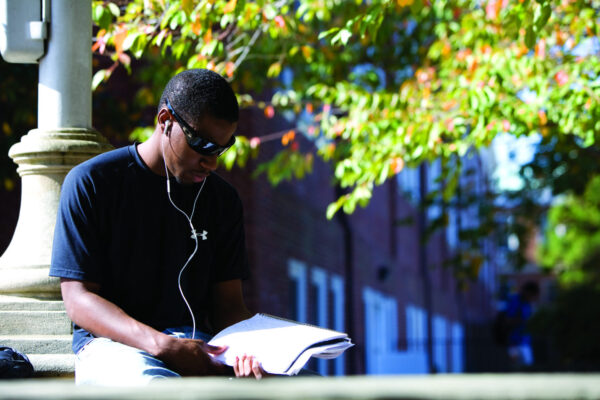Brief Snapshot of College Students’ Attitudes on Mental Health
Title: The Healthy Minds Study | 2021-2022 Data Report
Author: Daniel Eisenberg, Sarah Ketchen Lipson, Justin Heinze, and Sasha Zhou (Principal Investigators)
Source: The Healthy Minds Network
The Healthy Minds Study provides a snapshot of the state of mental health and well-being among the nation’s enrolled college students. The study seeks to “identify needs and priorities; benchmark against peer institutions; evaluate programs and policies; plan for services and programs; and advocate for resources.”
The study is distributed via a web-based survey on various college campuses, including undergraduate and graduate students. The standard survey includes three modules focused on demographics, mental health status, and mental health services utilization/help-seeking.
In the 2021-2022 academic year, approximately 95,860 students were surveyed. Demographic statistics include:
- Over 7 in 10 students (77 percent) surveyed identified with the 18-25 age group.
- By race and ethnicity, 69 percent of those surveyed identified as White; 10 percent as Black; 19 precent as Latino; 2 percent as American Indian; 2 percent as Arab; 13 percent as Asian, and 1 percent as Pacific Islander.
- The majority of participants attend bachelor’s (55 percent) and associate (29 percent) degree serving institutions.
- 50 percent of students surveyed identified as attending classes entirely in person.
The report found that 44 percent of students surveyed have some form of depression, and 37 percent had some form of anxiety. The most common mental health diagnoses are anxiety (38 percent), depression (33 percent), trauma and stress disorders (11 percent), and neurodevelopmental disorders (11 percent). Additionally, over half of the sample said they felt left out, felt a lack of companionship, and felt isolated from others some of the time or often. It is unclear if these data points are connected to sentiments emerging from the COVID-19 era, but they could provide an additional narrative to the data.
The third module of the study covers use of mental health services and attitudes around seeking help. In the past year, 37 percent of all students and 48 percent of students with diagnoses received some form of mental health counseling or therapy. However, various barriers to accessing help exist, including time constraints (25 percent), financial reasons (21 percent), and students preferring to address mental health on their own or with support from friends or family (21 percent).
Treatment for mental health varied among students. More than 1 in 5 students (21 percent) are on antidepressants, 9 percent are on anti-anxiety medication, and 7 percent are on psychostimulants. If counseling or therapy is not an option or inaccessible, students pointed toward seeking support from friends (43 percent), family (39 percent), and significant others (31 percent).
For additional data, click here to check out the report.
—Tabatha Cruz
If you have any questions or comments about this blog post, please contact us.


